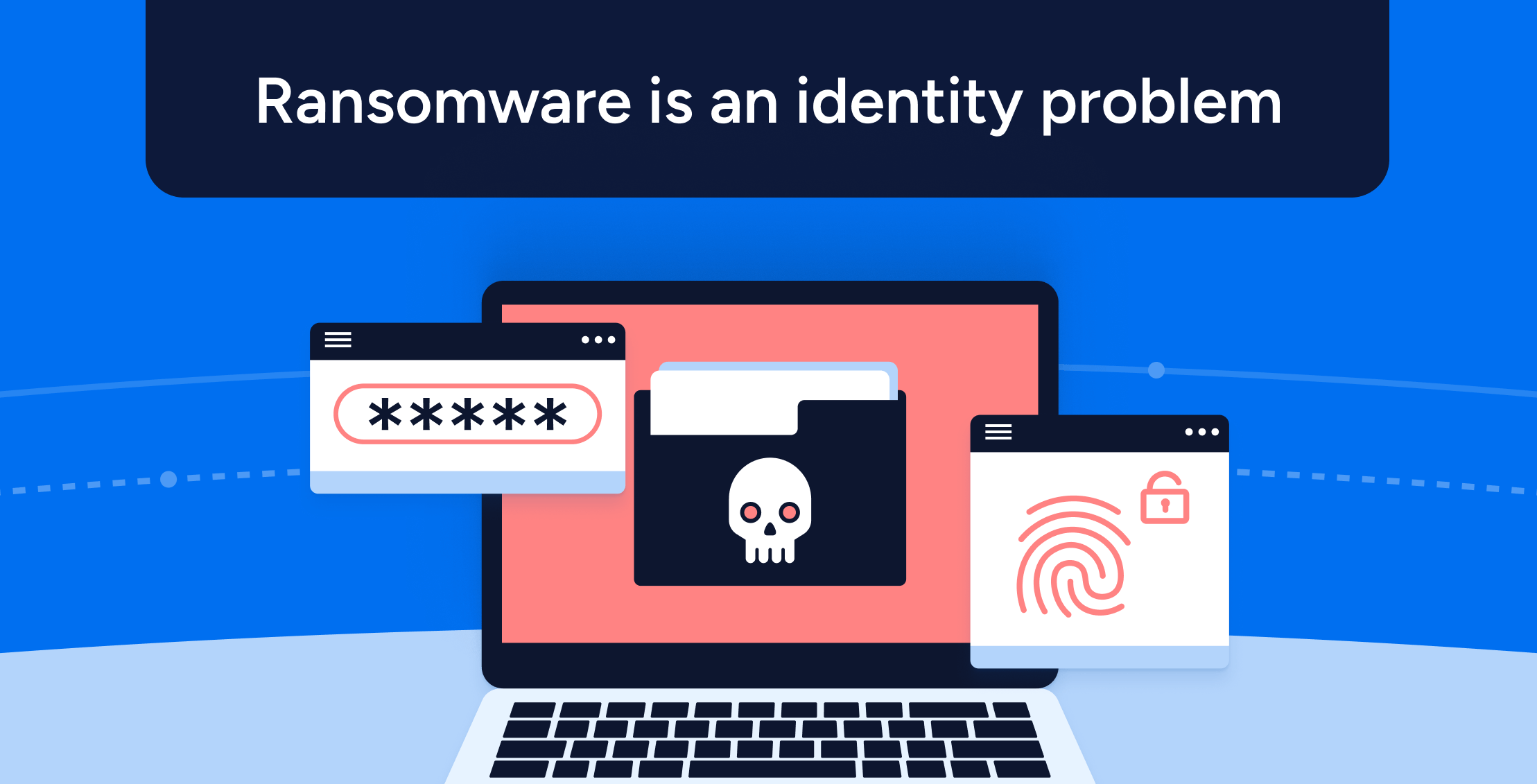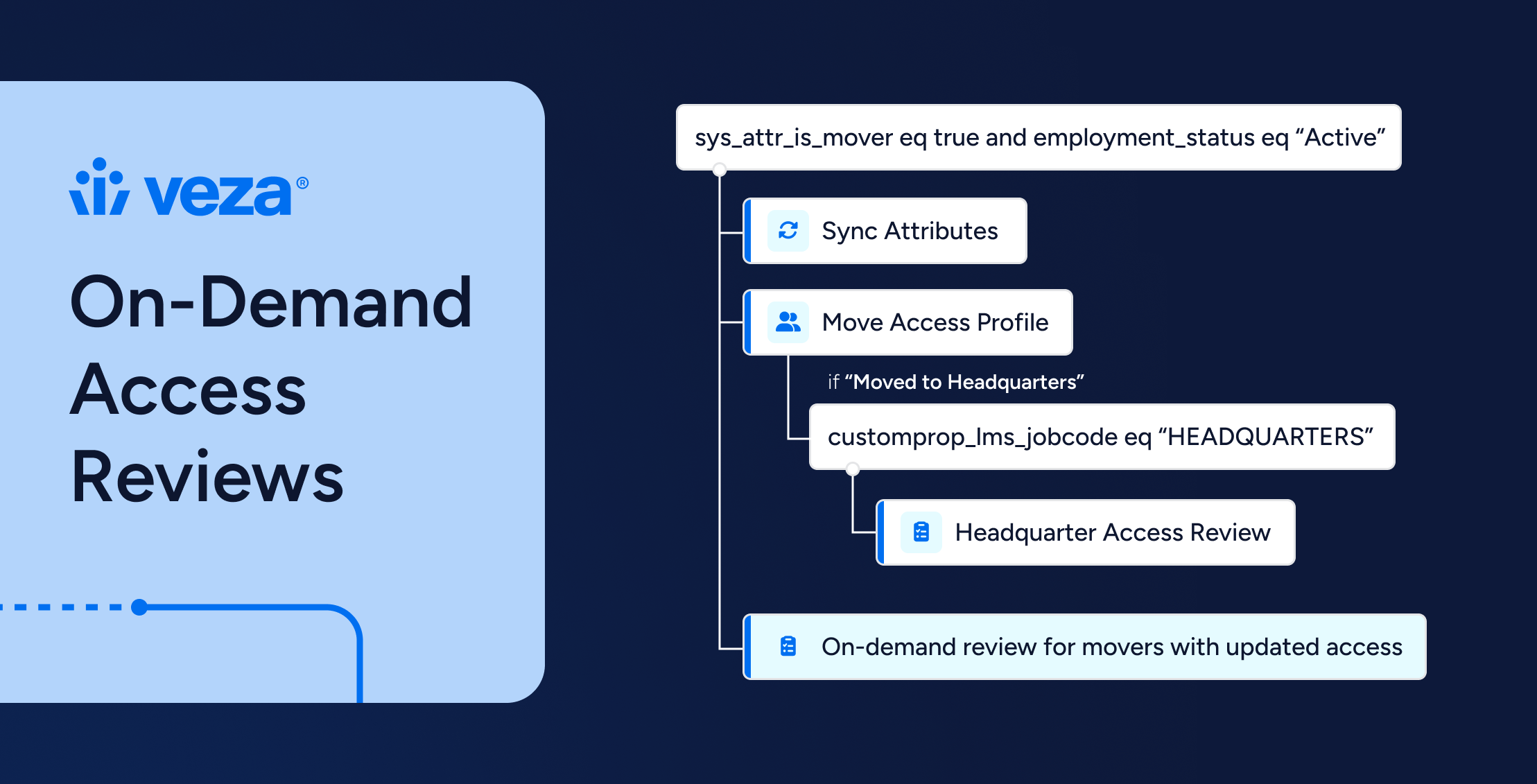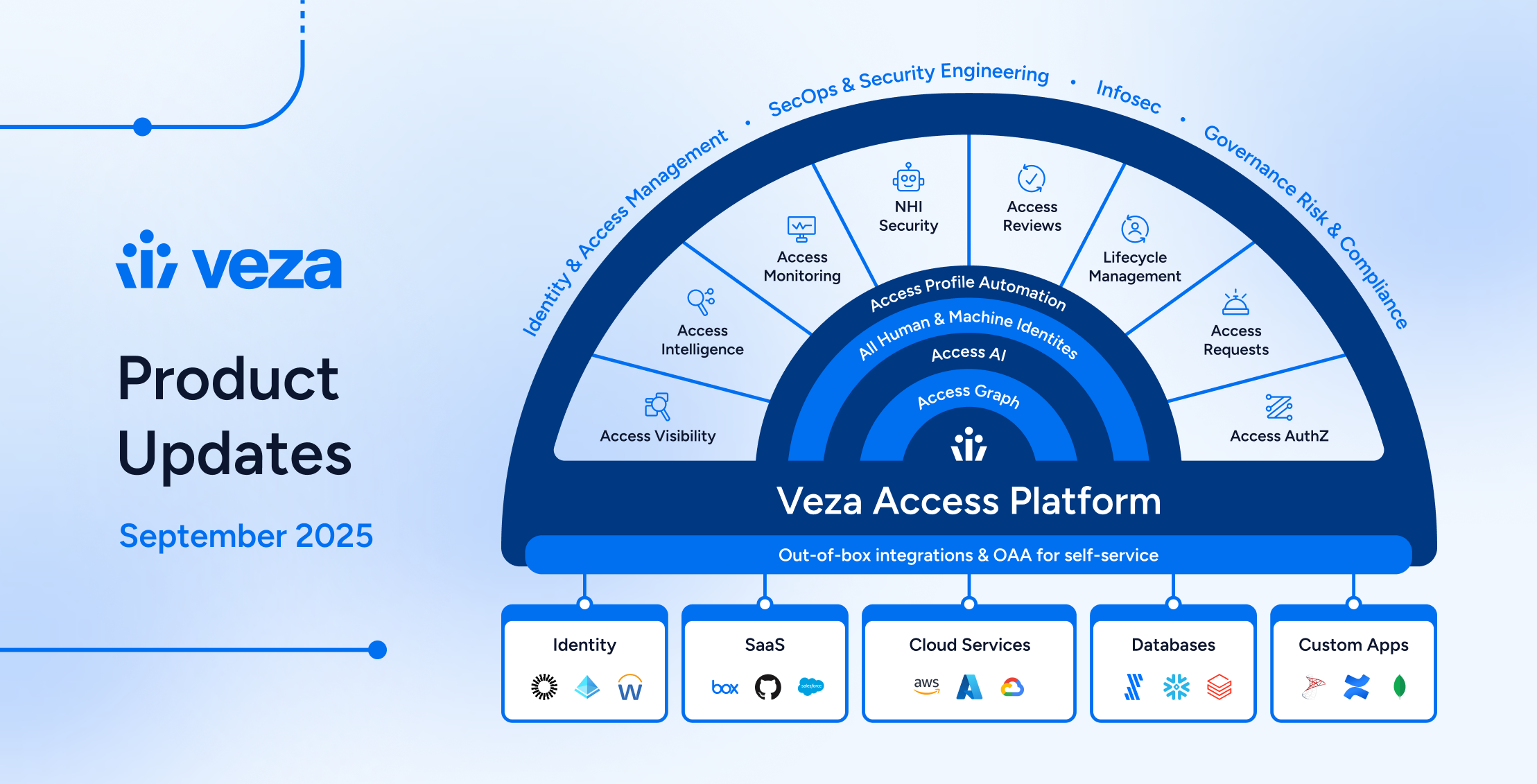Identity Ransomware: Why ISPM Is the Key to Stopping Attacks

The Wake-Up Call We Keep Ignoring
If you’ve been in IT or security for more than a minute, you know the pattern. Another “record-breaking” ransomware year. Another stack of grim reports. Another round of Monday morning quarterbacking. We patch, we harden, we pile on more controls – yet somehow, the attackers keep making wins.
The 2025 State of Ransomware report is the latest gut punch. Attacks jumped 25% in a single year. February was the worst month on record. Hospitals were forced offline, retailers lost hundreds of millions, and patient lives were literally put at risk.
The data shows ransomware has become an identity problem: 83% of ransomware attacks compromised identity infrastructures, including credential theft, session hijacking, or misuse of legitimate accounts, according to Semperis. In fact, IBM’s X-Force found that 30% of intrusions involved identity-based tactics, with attackers moving laterally using valid accounts. When identity is the attack surface, you can’t patch your way out – you need visibility and control.
But here’s the part that should stop us cold: attackers didn’t “beat” EDR. They sidestepped it. They crept in through unmanaged identities, orphaned accounts, shadow IT machines, and over-permissioned service accounts. In other words, the stuff most of us don’t have visibility into, because day-to-day firefighting leaves no time for cleaning up the identity mess.
The Real Pain in the Day-to-Day
If you’re running SecOps, IT Ops, or IAM, this probably sounds uncomfortably familiar:
- Accounts that nobody owns but nobody dares delete “just in case.”
- Admin tools like PowerShell and PsExec are blurring the line between real admin work and attacker behavior.
- Service accounts from long-dead projects still humming along in production with broad privileges.
- Audit prep that turns into a weeks-long “who can access what?” scramble across spreadsheets and emails.
The truth is simple: ransomware doesn’t succeed because of some genius new malware strain. It succeeds because of our lack of visibility and control over identities.
How Identity Security Posture Management (ISPM) Helps
Identity Security Posture Management (ISPM) isn’t another shiny box to stack next to EDR. It’s the missing piece that plugs the gaps endpoint and network tools will never see.
Think of it this way:
- EDR tells you when a suspicious process is running.
- ISPM tells you who had the rights to run it in the first place – and whether they should have.
With ISPM, teams can:
- Map every identity (human and non-human) to its real-world entitlements.
- Detect toxic combinations, like a single user who can both administer systems and wipe backups.
- Pull service accounts out of the shadows and place them under real governance.
- Deliver clean, evidence-based answers to auditors without living in spreadsheets.
Instead of chasing ransomware families one by one, ISPM focuses on cutting off the excess access those attacks rely on.
Where Veza Fits Into This Story
This is where Veza takes ISPM from theory to practice. Instead of another dashboard, it gives security teams a living, breathing model of identity risk – one built for the realities of hybrid IT.
- Identity-to-Data Graph: A single, explorable map of who can do what across SaaS, cloud, and infrastructure.
- Creep Control: Automatic detection of dormant, orphaned, and over-privileged accounts before attackers exploit them.
- Non-Human Identity Governance: Extends least privilege to service accounts, workloads, and tokens – the blind spot attackers love most.
- Policy Simulation: Safely test changes before rollout, avoiding the dreaded “Friday night outage.”
- Audit in Minutes, Not Weeks: Generate exportable reports that prove least privilege without the fire drill.
By bringing context to identity, Veza helps teams move from reactive firefighting to proactive control. It’s not about adding another dashboard. It’s about finally having control over the layer ransomware depends on most: identity.
Why This Matters
Ransomware is no longer just a malware problem. It’s an identity problem. Attackers know it. The data shows it. And every IT pro living with account sprawl knows it, too.
The point isn’t to win a whack-a-mole game against ransomware variants. The point is to take away the access they rely on. ISPM – and platforms like Veza – make that possible.
If it means fewer 2 a.m. calls, fewer failed audits, and fewer “how did we miss this?” moments, that’s worth paying attention to.
Take the Next Step in Identity Security
If ransomware is exploiting identity, then the response has to start with visibility and control. Whether you’re just learning about ISPM or ready to put it into practice, here are resources that can help:
- Learn
→ Identity Security Posture Management Use Case
Understand what ISPM is, why it matters, and how it closes the gaps ransomware relies on. - Validate
→ GigaOm Radar for ISPM
See how industry analysts position Veza as a leader in Identity Security Posture Management.
→ Identity Security Assessment
Benchmark your organization’s current state against industry standards and uncover hidden risks. - Act
→ ISPM Buyer’s Guide
Get a practical framework to evaluate ISPM solutions for your environment.
→ Schedule a Demo
See how Veza can help your team reduce identity risk and stop ransomware before it spreads.






